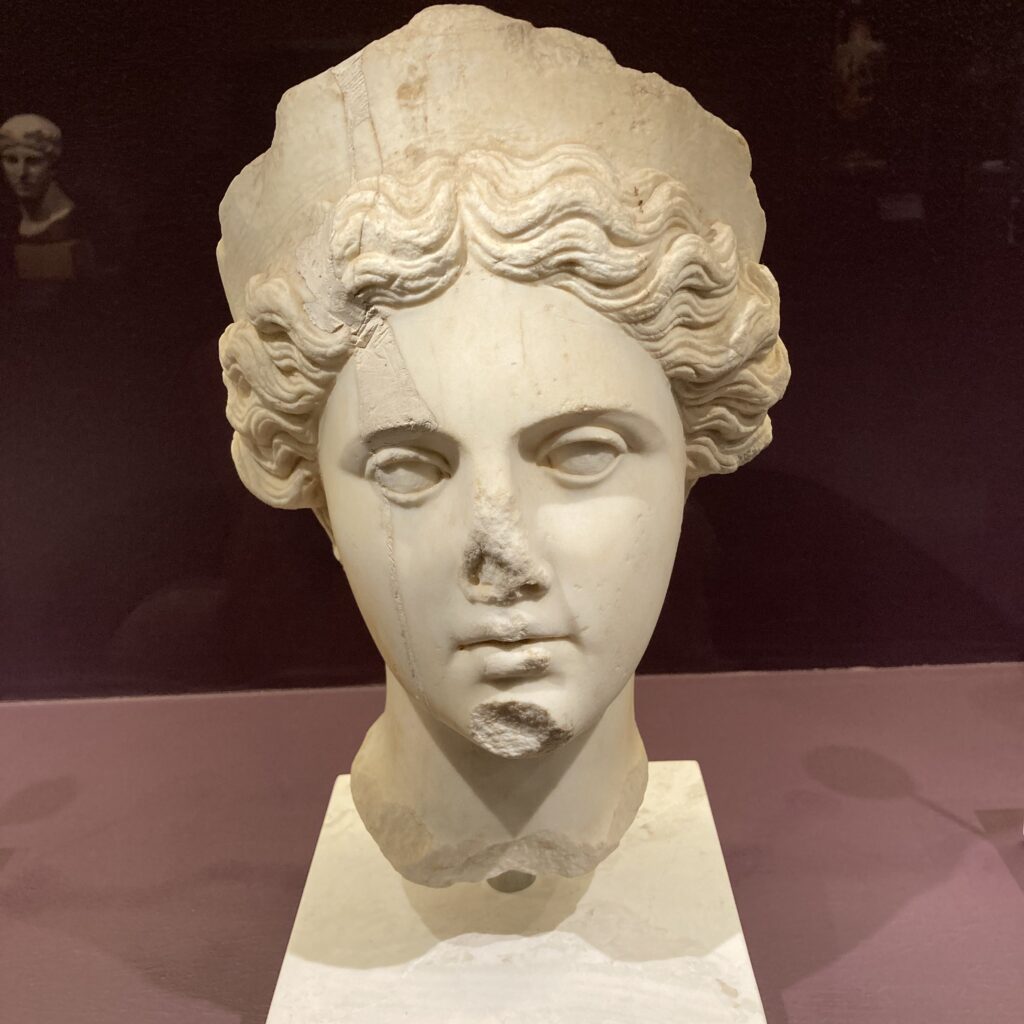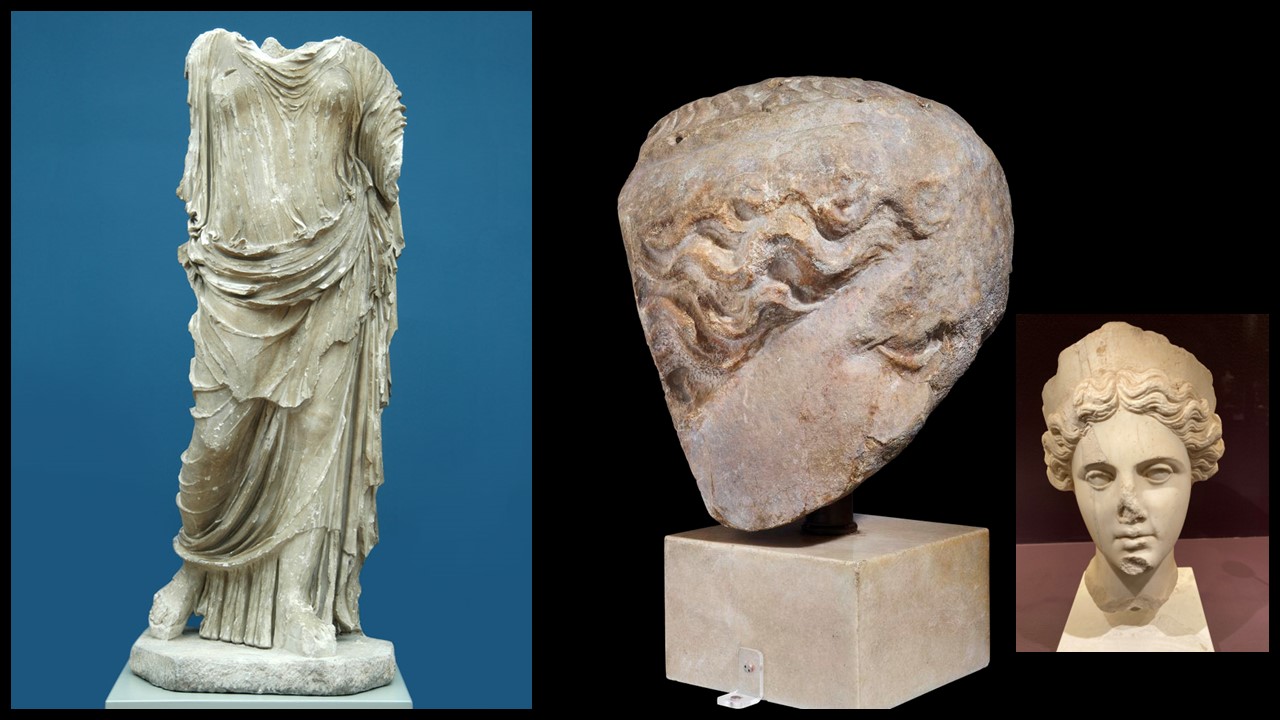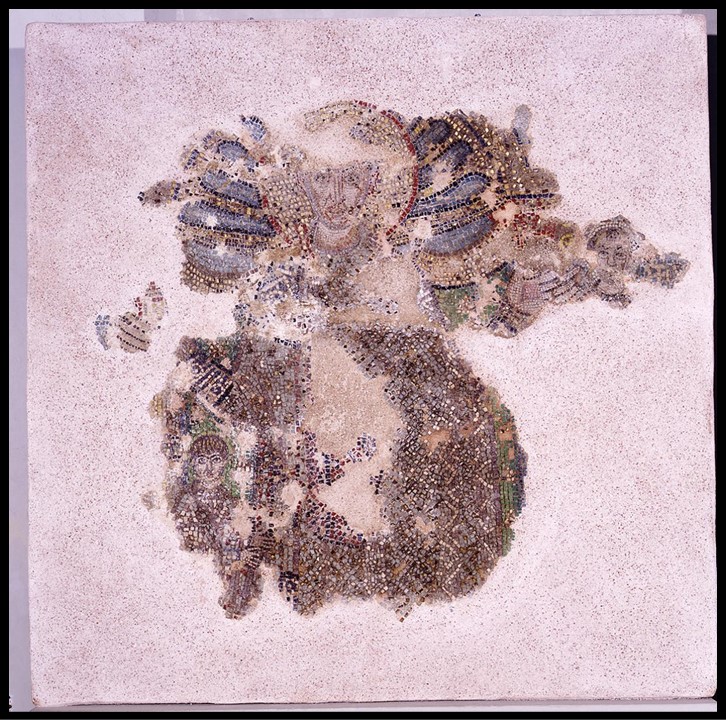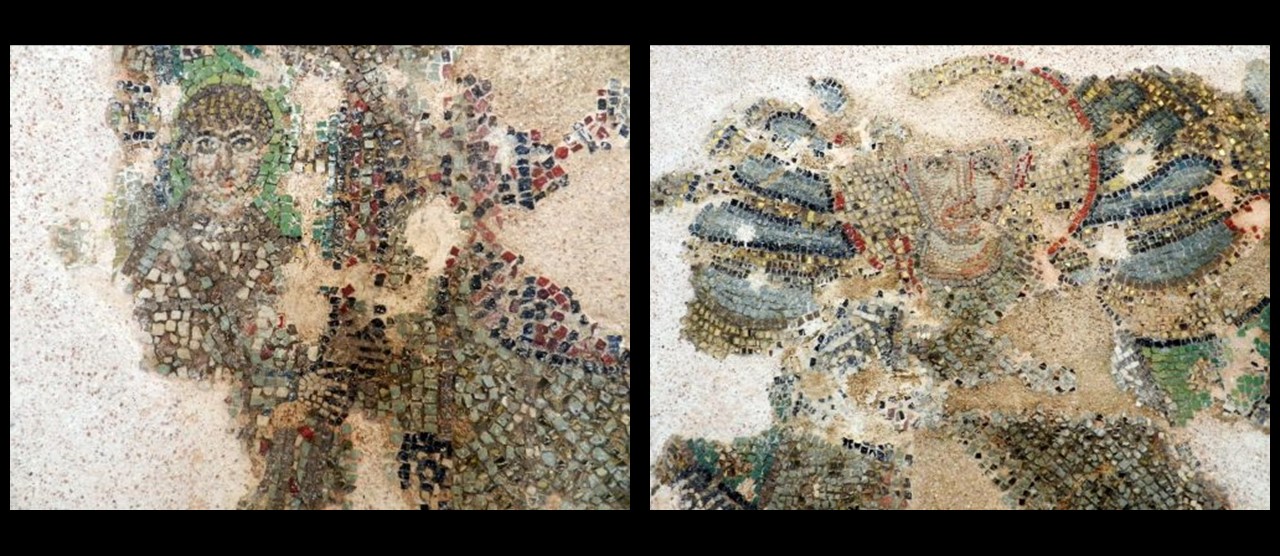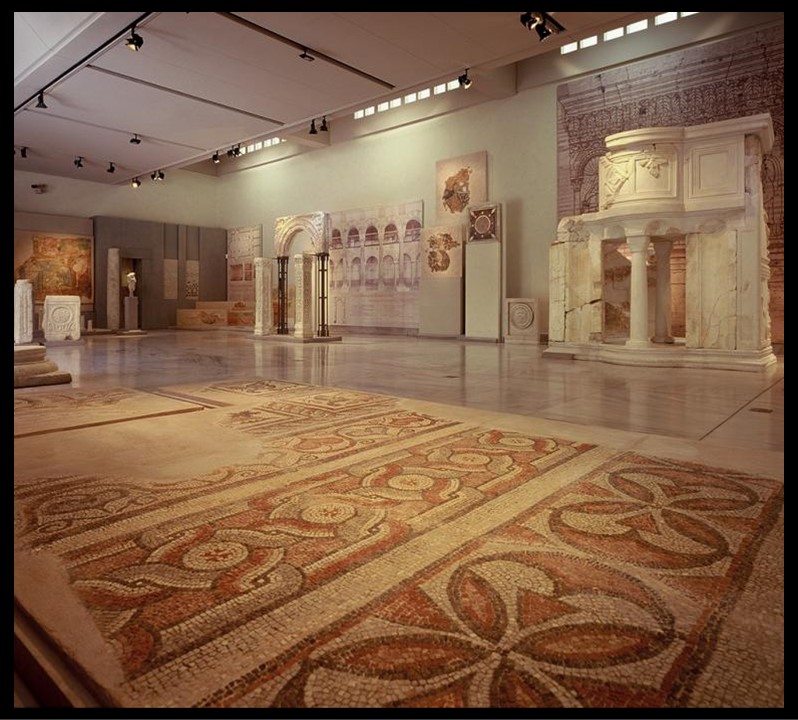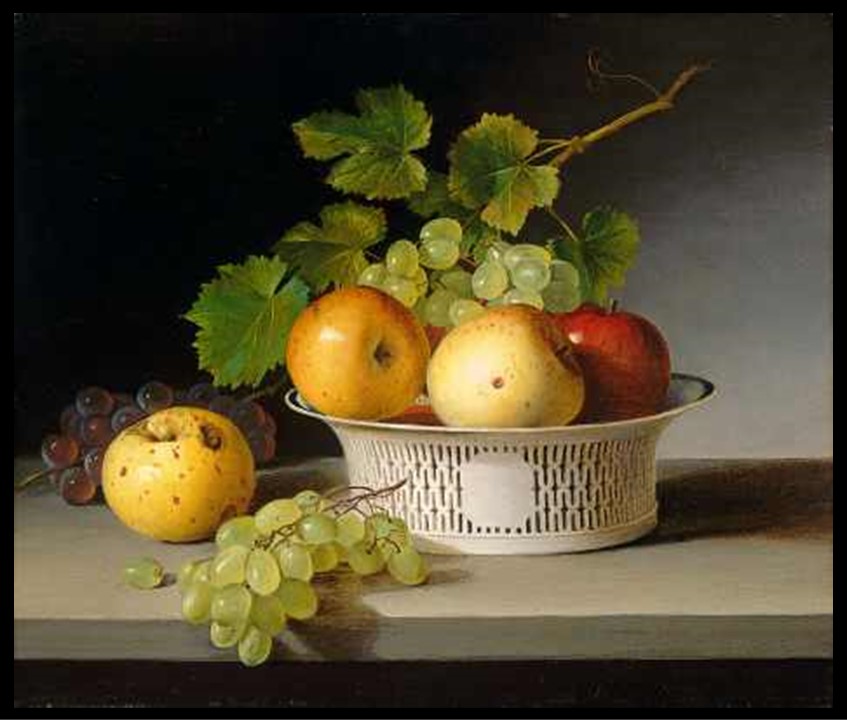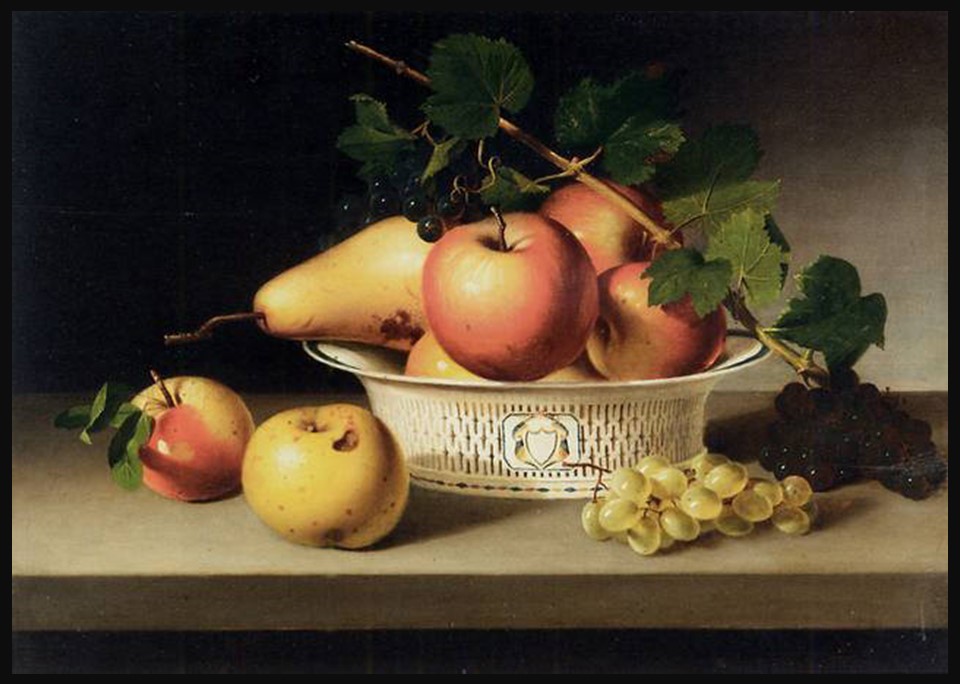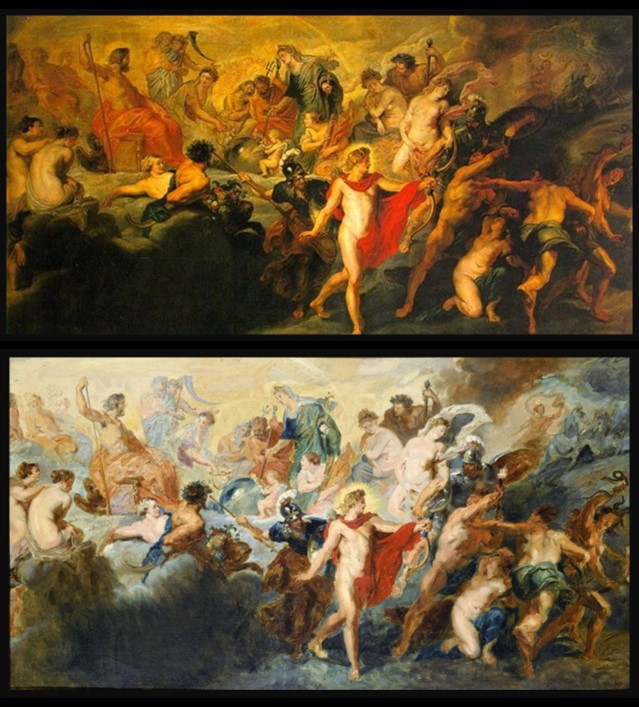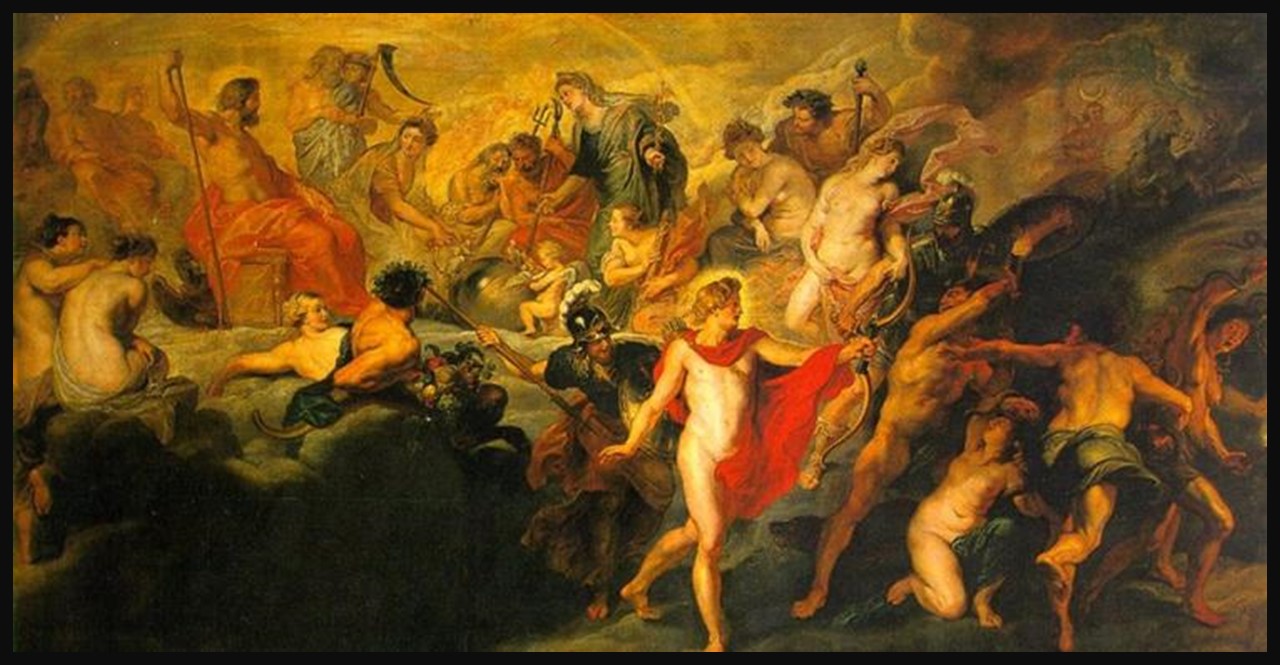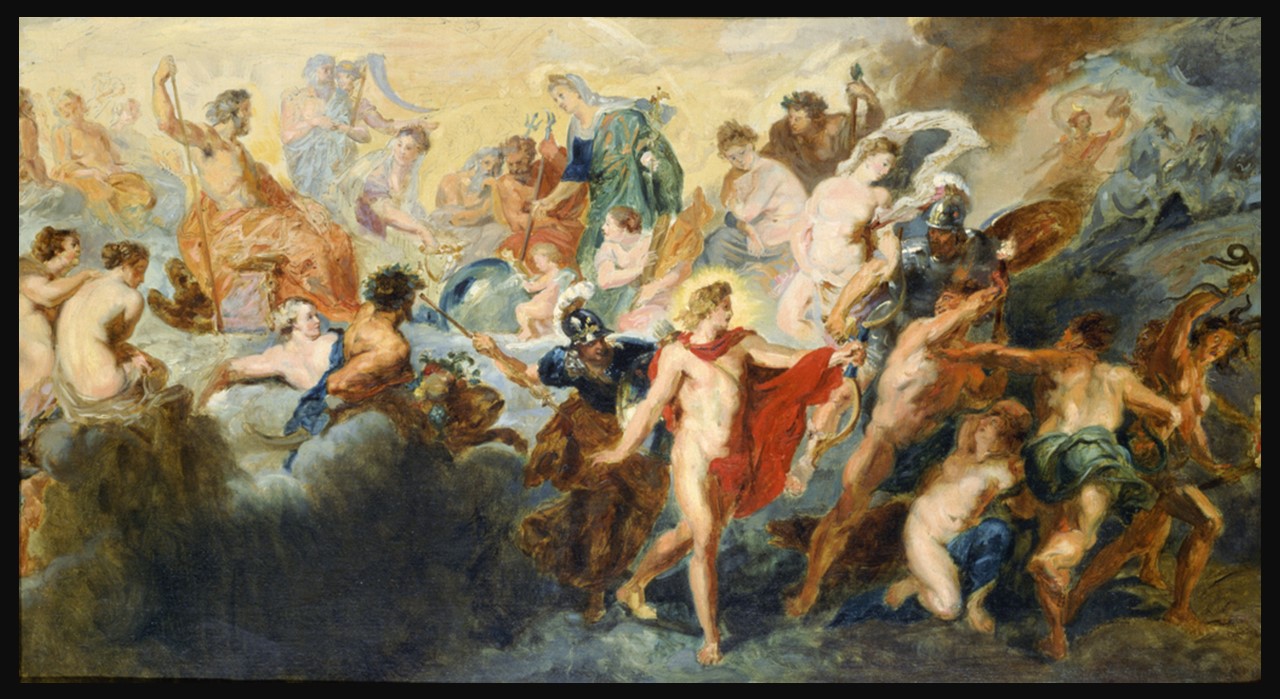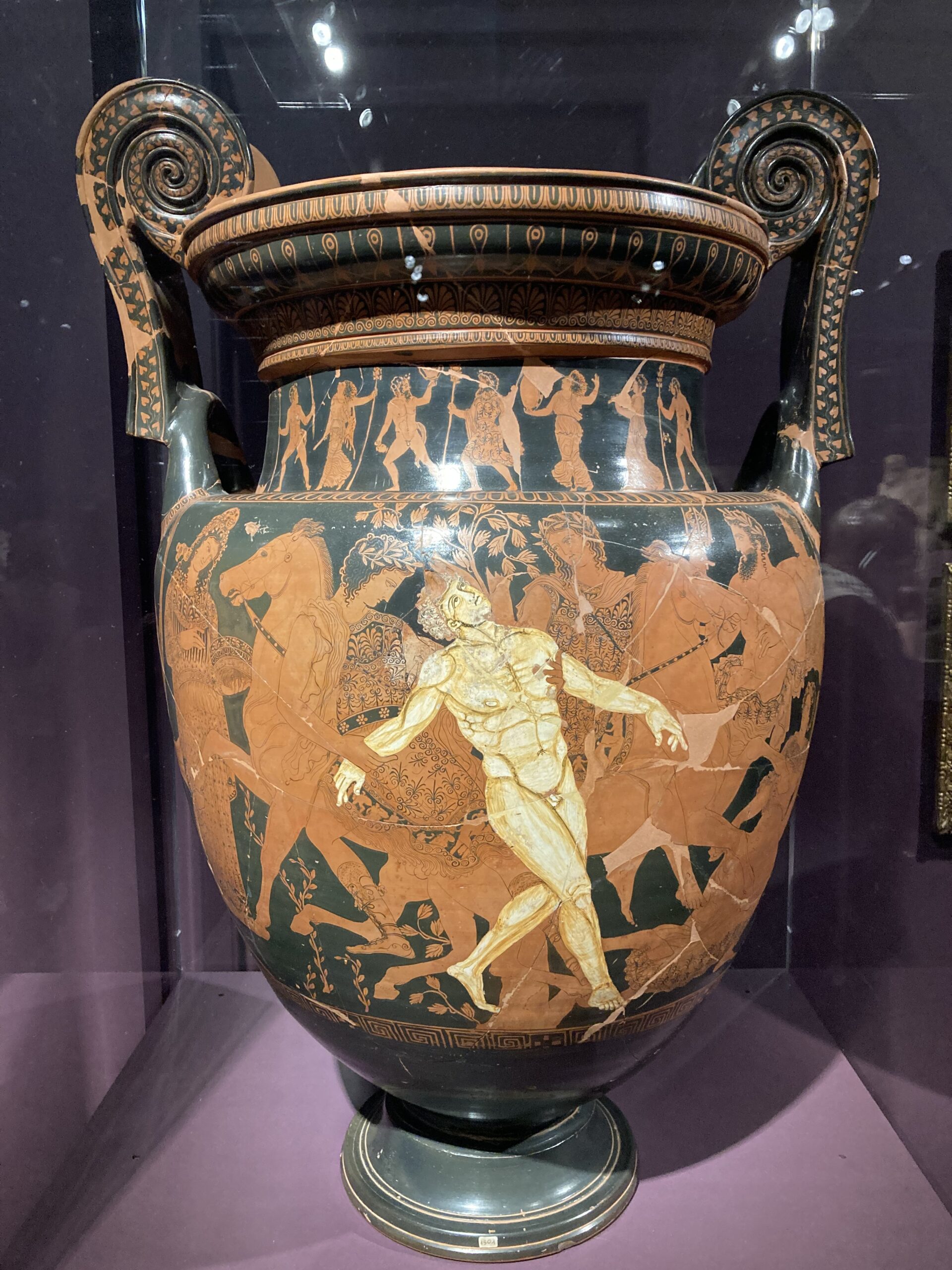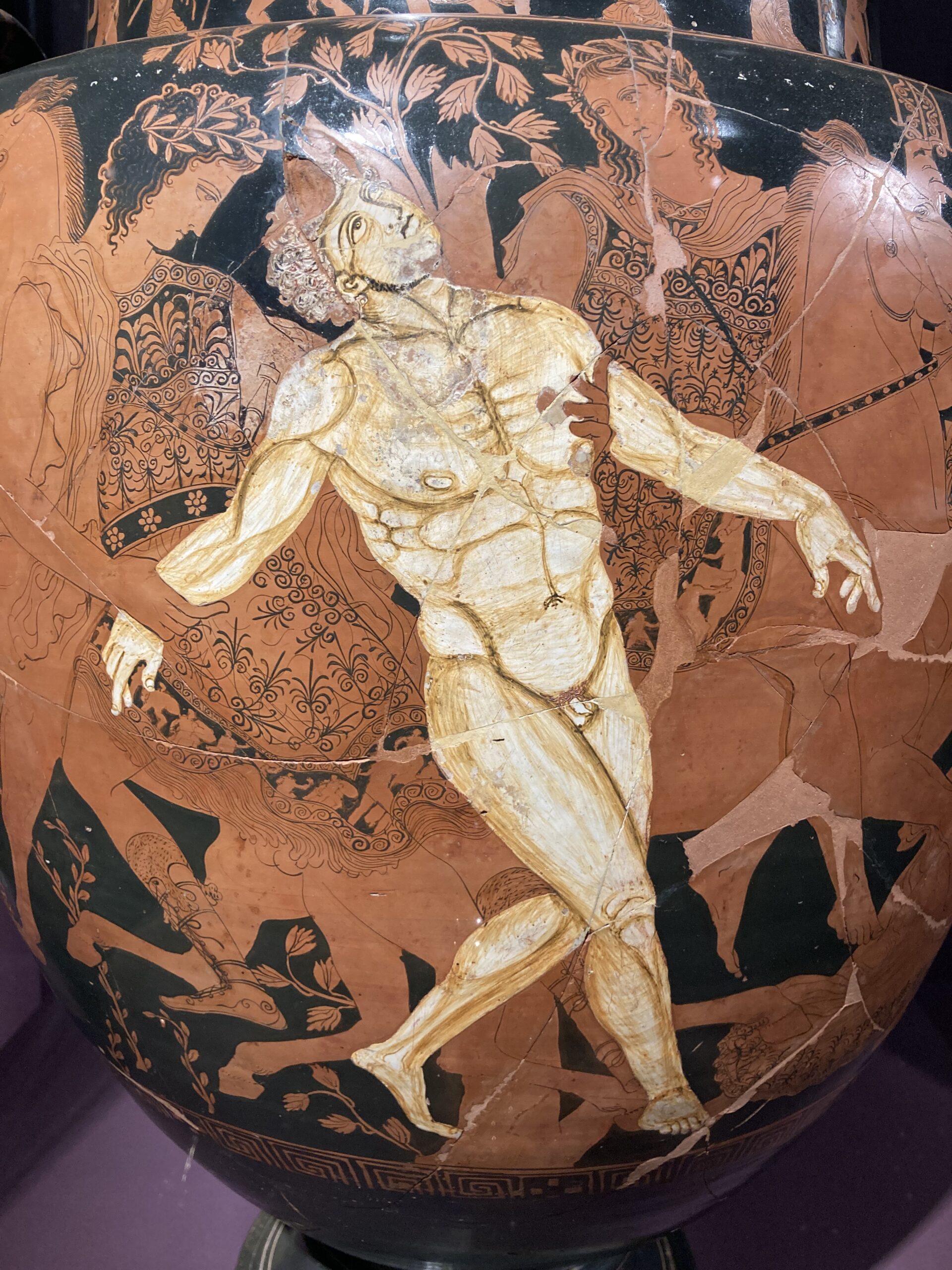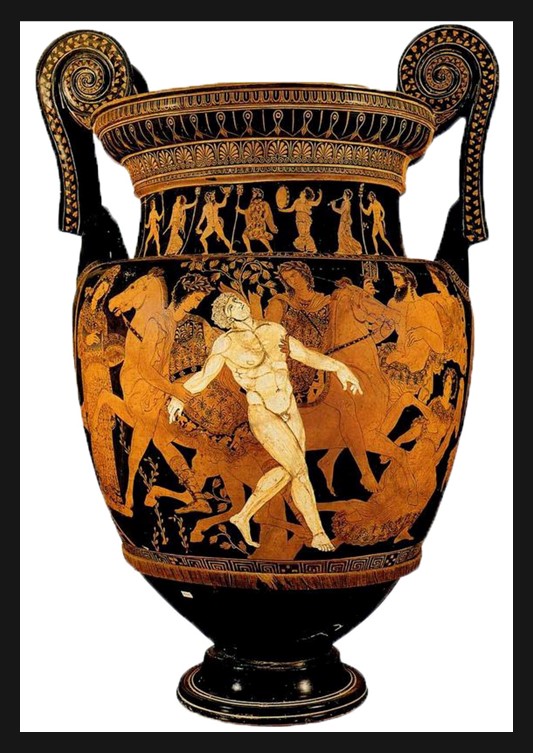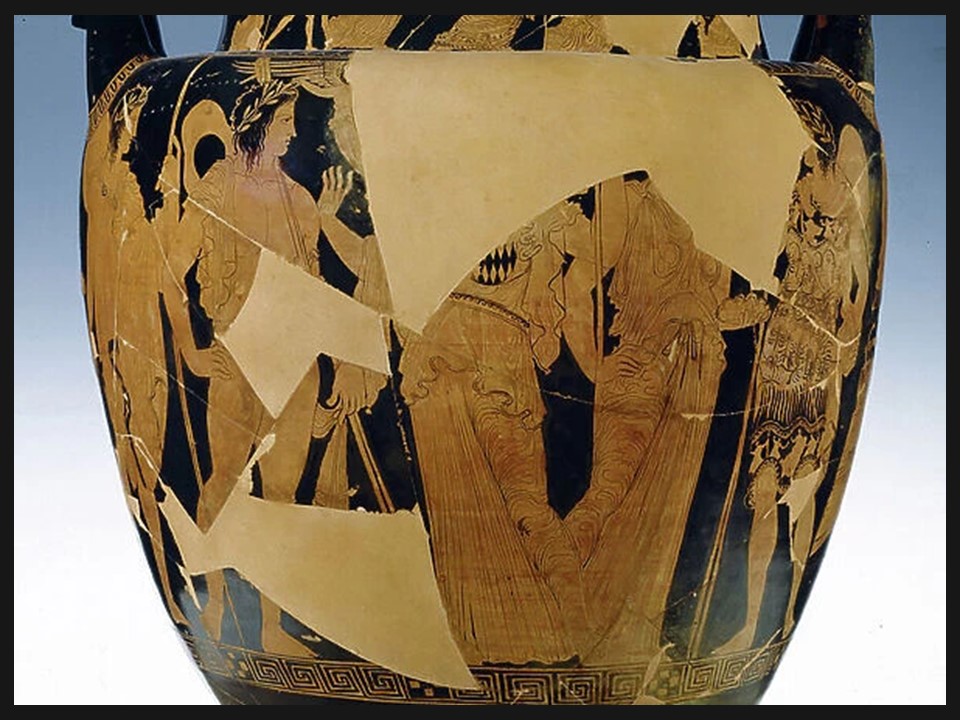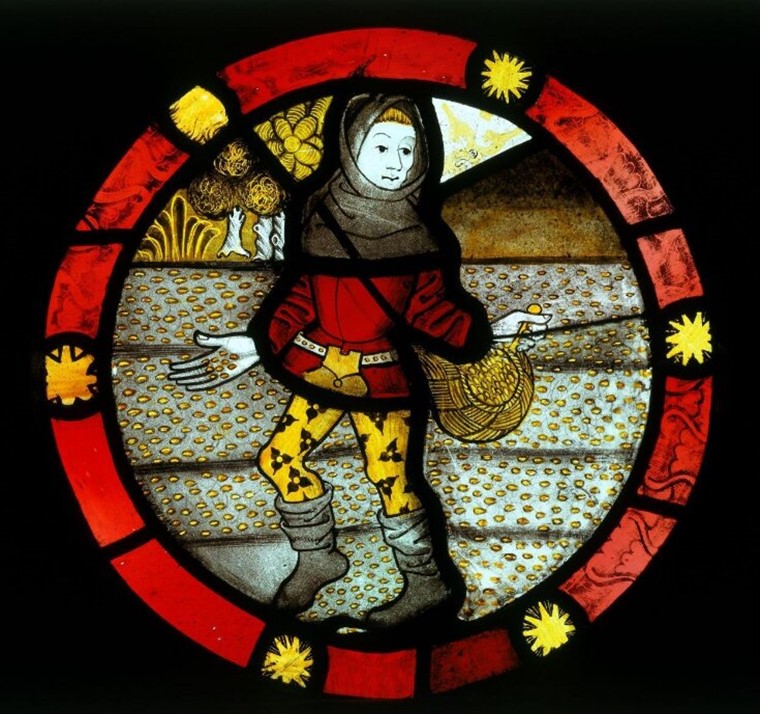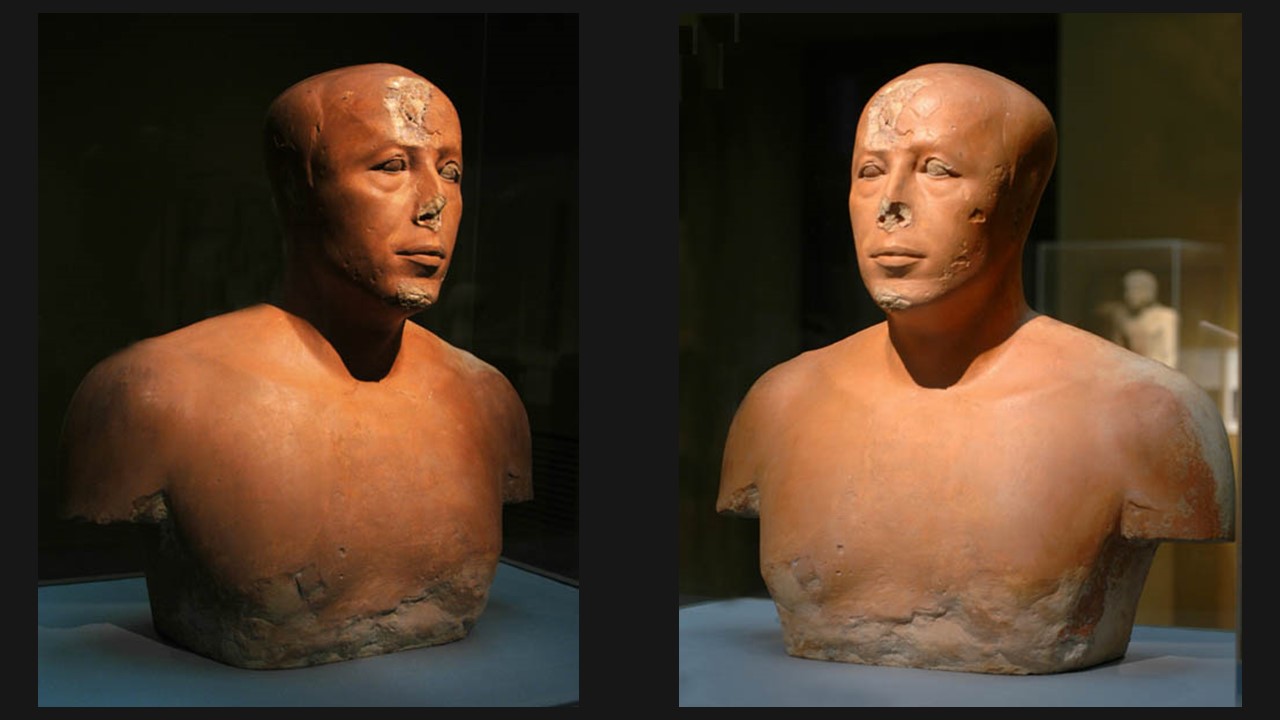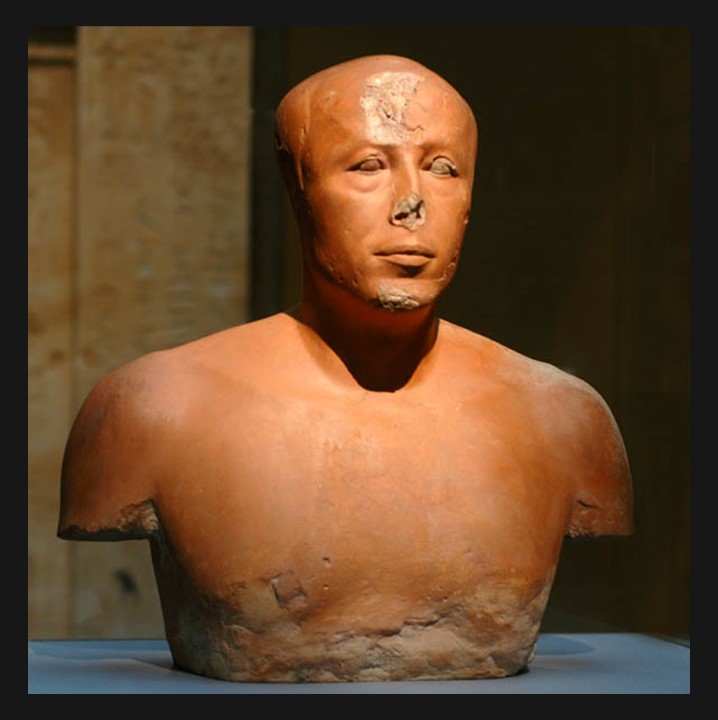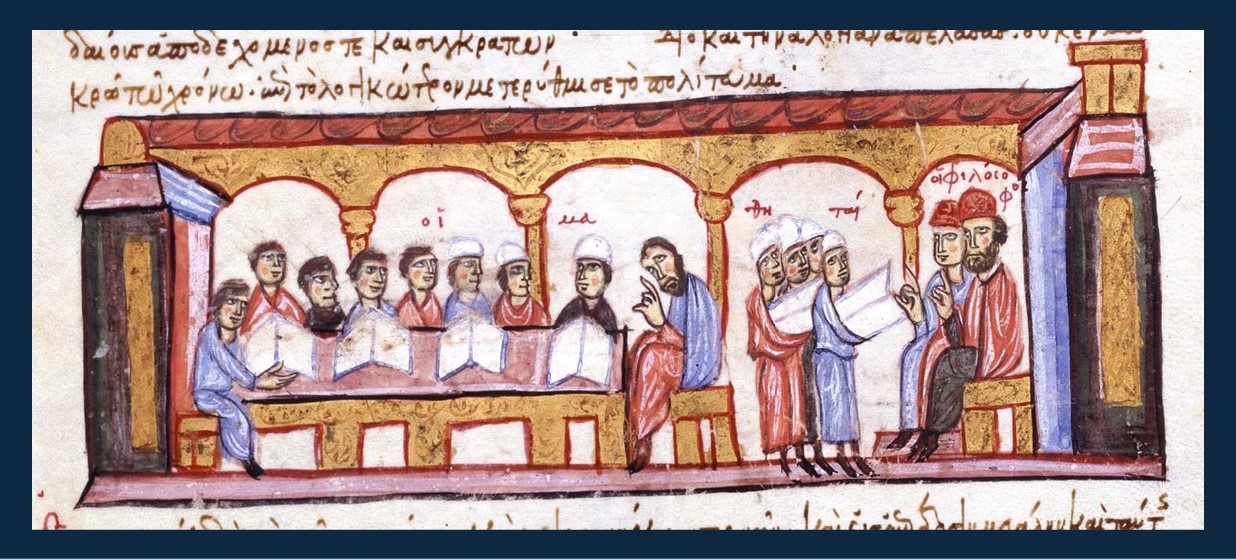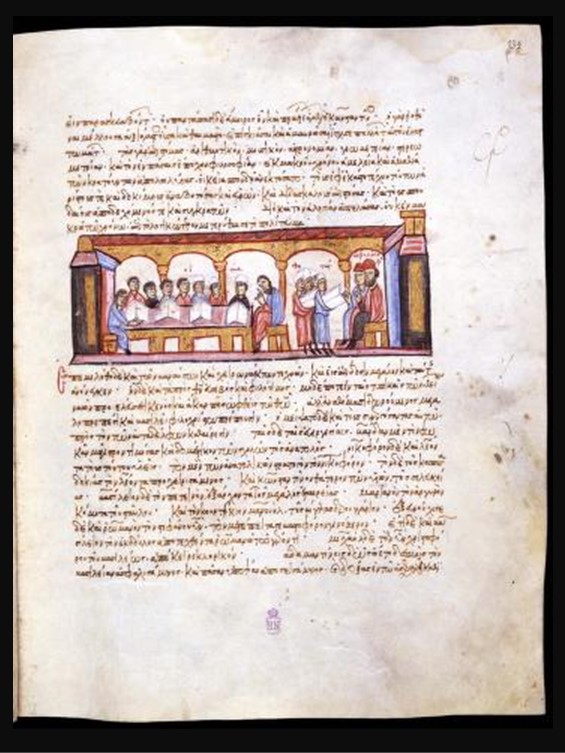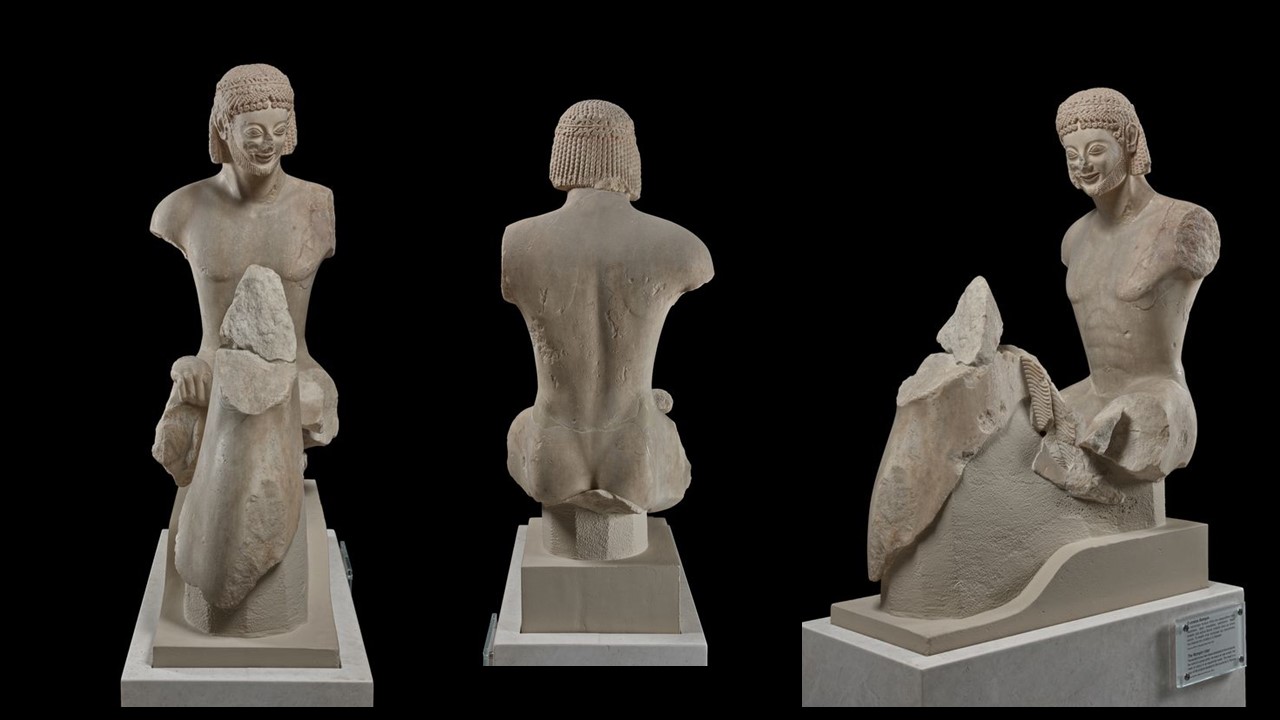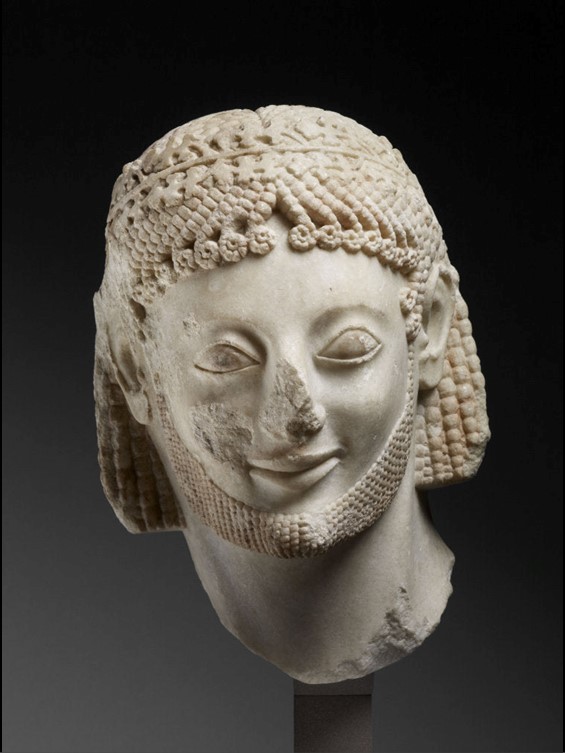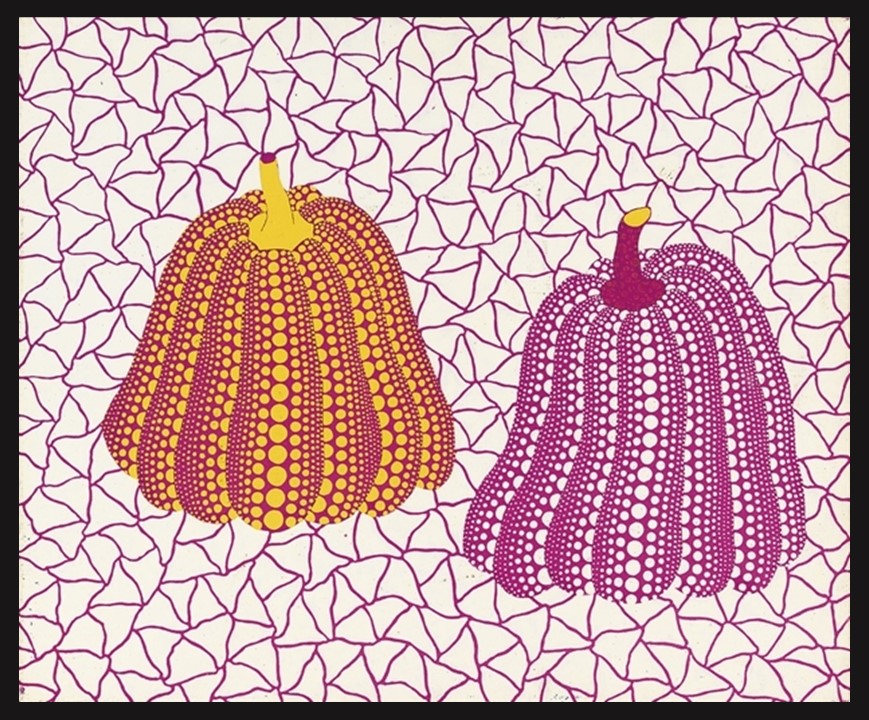
Pumpkins, 1987, acrylic on canvas, 38.1 x 45.4 cm, Private Collection https://www.christies.com/lot/lot-6337416?ldp_breadcrumb=back&intObjectID=6337416&from=salessummary&lid=1
Yayoi Kusama’s iconic Pumpkins, covered in her signature polka dots, offers a fascinating way to reflect on Thanksgiving’s themes of abundance, connection, and gratitude. Kusama’s philosophy, as expressed in her quote … With just one polka dot, nothing can be achieved. In the universe, there is the sun, the moon, the earth, and hundreds of millions of stars. All of us live in the unfathomable mystery and infinitude of the universe. Pursuing ‘philosophy of the universe’ through art under such circumstances has led me to what I call ‘stereotypical repetition.’ … perfectly mirrors the communal spirit of the holiday. Just as the individual polka dots in her work only achieve meaning as part of a larger pattern, Thanksgiving reminds us that our lives gain richness through the connections we share with others. The pumpkin, a symbol of harvest and gratitude, becomes, in Kusama’s hands, a meditation on infinity and cosmic unity, making her painting an artistic embodiment of Thanksgiving’s deeper significance. https://www.brainyquote.com/quotes/yayoi_kusama_624395
Yayoi Kusama is a world-renowned Japanese contemporary artist known for her distinctive use of polka dots, repetitive patterns, and immersive installations. Born on March 22, 1929, in Matsumoto, Japan, Kusama displayed an interest in art from a young age. Her work spans various mediums, including painting, sculpture, performance, and installation art. Kusama studied Nihonga, a traditional style of Japanese painting, but soon grew disillusioned with its limitations. In the 1950s, she moved to New York, where she became associated with the avant-garde art scene, often engaging with Pop Art, Minimalism, and Abstract Expressionism. During this period, she produced her signature “Infinity Net” paintings, featuring seemingly endless networks of small, looped brushstrokes, which began to earn her international recognition.
Mental health struggles, particularly hallucinations and obsessive thoughts, have deeply influenced Kusama’s work throughout her career. She voluntarily admitted herself to a psychiatric hospital in Tokyo in the 1970s and has lived there ever since, continuing to produce art from a nearby studio. Kusama’s installations, such as her famous Infinity Mirror Rooms, immerse viewers in vast, reflective spaces that play with perceptions of infinity. Her bold use of colour, patterns, and immersive experiences has made her one of the most recognizable and celebrated artists of the 20th and 21st centuries. Kusama has also explored literature, writing several novels and poems. Today, her work continues to be exhibited globally, inspiring audiences with its blend of beauty, surrealism, and psychological depth.
Yayoi Kusama’s motif of ‘Pumpkins’ is her most iconic, representing both personal and universal symbolism. Kusama has been fascinated with pumpkins since childhood, associating them with comfort and stability. The pumpkin, with its organic, bulbous form and vibrant color, mirrors her characteristic use of repetitive patterns and polka dots, evoking a sense of playful whimsy while also confronting themes of obsession and infinity. She often depicts pumpkins in large-scale sculptures, paintings, and installations, where their surfaces are covered with polka dots, creating a visual interplay between form and texture. For Kusama, pumpkins embody a juxtaposition of simplicity and surrealism, offering a connection to nature and a grounding presence amidst the infinite and the abstract.
Yayoi Kusama’s 1987 painting Pumpkins, sold at Christie’s, is a vibrant work that captures her signature motif of pumpkins alongside her infinity nets and polka dots. The composition features two undulating pumpkins against a pink and white net background, combining figuration with abstraction. The pumpkins are rendered in her distinctive yellow polka-dotted style, creating a sense of dynamic movement. This work is a classic example of Kusama’s exploration of obsession and repetition, while also conveying her deep personal connection to the motif, symbolizing comfort and joy. https://www.christies.com/lot/lot-6337416?ldp_breadcrumb=back&intObjectID=6337416&from=salessummary&lid=1
When things go wrong, it helps to remember all the good things in the world… Warmest Thanksgiving greetings to you and your family
For a Student Activity for Kindergarten, please… Check HERE!
